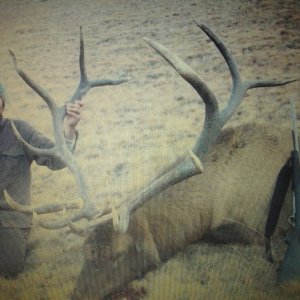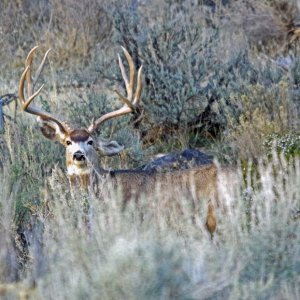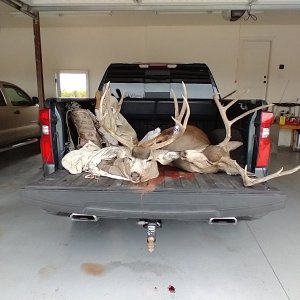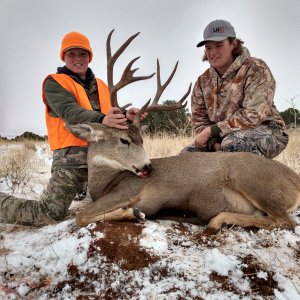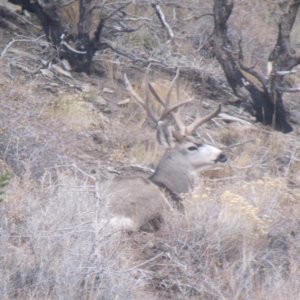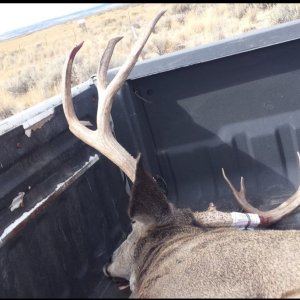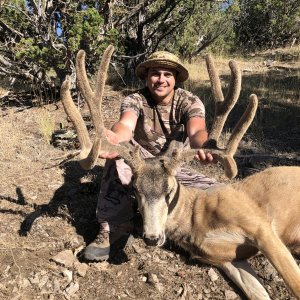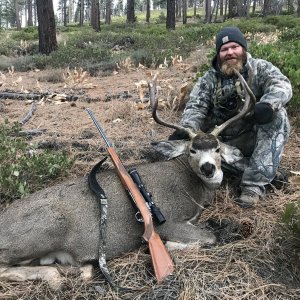Stubaby
Very Active Member
- Messages
- 1,673
It’s been a rough year for big bulls. I’ve only laid eyes on about 5 that would score over 340. There were three that I thought made it through the mid hunt but once they left the cows, we haven’t been able to turn them up. Here’s some bulls that we saw this past week-ish that didn’t make the list.










Last edited:




